Tick Fever Symptom Checker
Select Your Symptoms:
Fever
Temperature >38.5°C (101.3°F)
Headache
Severe or throbbing headache
Muscle Aches
Joint and muscle pain, especially in legs and back
Rash
Maculopapular rash starting on wrists/ankles
Fatigue
Extreme tiredness worsening over 24-48 hours
Nausea/Vomiting
Gastrointestinal symptoms
Symptom Assessment Result
Quick Summary / Key Takeaways
- Tick fever is a tick-borne disease caused mainly by bacteria of the Rickettsia genus.
- Early signs include fever, headache, muscle aches, and a rash that may appear days after a bite.
- Diagnosis relies on clinical history, blood tests, and sometimes skin biopsies.
- Antibiotics such as doxycycline are highly effective when started promptly.
- Prevention focuses on avoiding tick habitats, proper clothing, repellents, and regular tick checks.
What Is Tick Fever?
When discussing Tick Fever is a tick-borne disease caused primarily by Rickettsia bacteria that infect humans after an infected tick bite. It is part of the broader group of rickettsial infections, which also includes Rocky Mountain spotted fever and Mediterranean spotted fever. The disease can range from mild flu‑like illness to severe, life‑threatening conditions if not treated early.
How Ticks Transmit the Disease
Ticks act as both reservoir and vector. The most common species in North America is Ixodes scapularis (the black‑legged tick), but other genera like Dermacentor also carry Rickettsia. When a tick attaches to skin, it feeds for several days, secreting saliva that suppresses the host’s immune response. This saliva is the vehicle for bacteria to enter the bloodstream.
Key factors influencing transmission include:
- Tick life stage - nymphs are smaller and bite unnoticed.
- Duration of attachment - bacteria usually require at least 24‑48hours of feeding.
- Geographic region - endemic areas have higher infection rates.
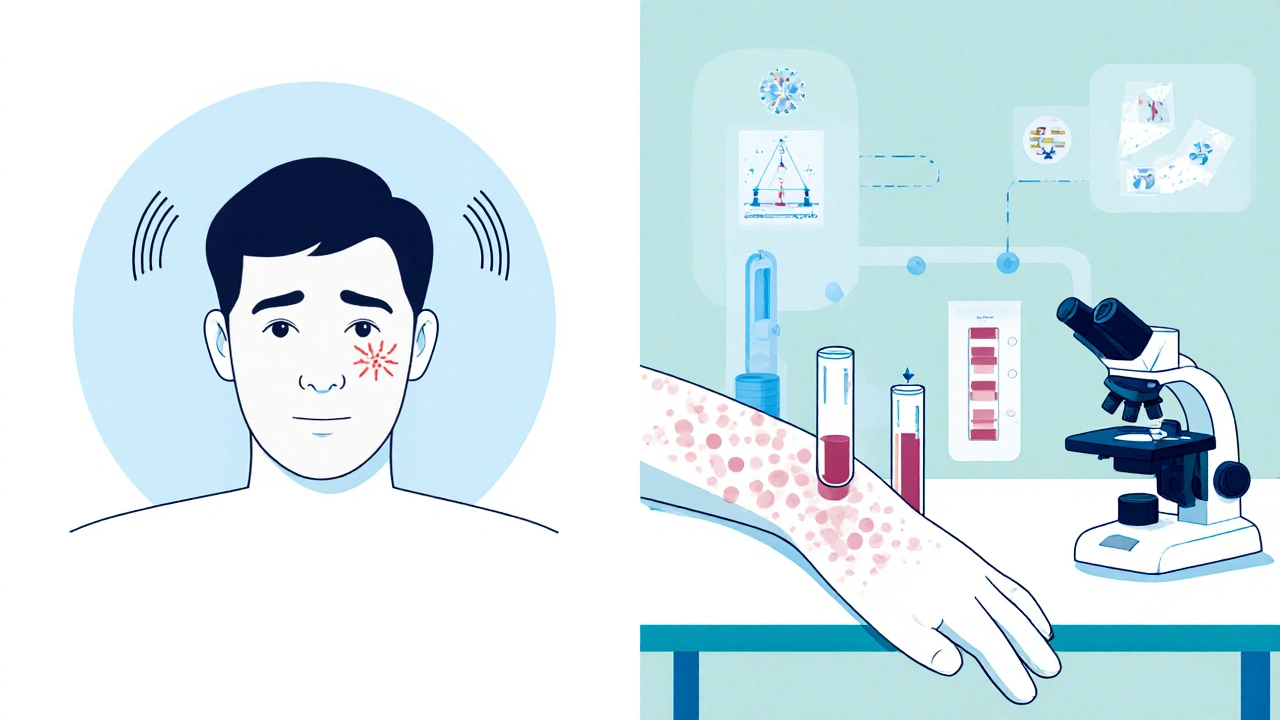
Common Symptoms and When to Seek Care
Symptoms typically appear 5‑14days after the bite, though incubation can vary. Early signs are often nonspecific, making awareness crucial.
- Fever (often >38.5°C) and chills.
- Severe headache, sometimes described as “throbbing”.
- Muscle and joint aches, especially in the lower back and legs.
- Fatigue that worsens over 24‑48hours.
- A maculopapular rash that may start on the wrists and ankles before spreading centrally - present in 30‑50% of cases.
- Nausea, vomiting, or abdominal pain.
If you notice a fever combined with a recent tick bite or an unexplained rash, contact a healthcare professional immediately. Prompt treatment reduces complications such as organ damage, neurological deficits, or persistent fever relapses.
How Doctors Diagnose Tick Fever
Diagnosis is a mix of clinical suspicion and laboratory confirmation.
- Medical history: Doctor asks about outdoor activities, travel to endemic zones, and known tick exposures.
- Physical exam: Look for rash patterns, lymphadenopathy, and signs of systemic involvement.
- Blood tests: Complete blood count (CBC) may show leukopenia or thrombocytopenia. Elevated liver enzymes are common.
- Serology: Indirect immunofluorescence assay (IFA) detects antibodies against Rickettsia. A four‑fold rise between acute and convalescent samples confirms infection.
- Polymerase chain reaction (PCR): Detects Rickettsial DNA in blood or skin biopsies, offering rapid confirmation.
- Culture: Rarely used due to biosafety concerns.
In urgent cases, doctors may start empirical doxycycline before test results return, because the drug’s benefits outweigh the risks.
Treatment Options and Expected Recovery
The cornerstone of therapy is the tetracycline antibiotic doxycycline. Standard regimens are:
- Adults: 100mg orally twice daily for 7‑10days.
- Children <12years: 2.2mg/kg every 12hours (doxycycline is now considered safe for short courses).
Alternative agents include chloramphenicol or azithromycin for patients with doxycycline contraindications, though they may be less effective.
Most patients start feeling better within 48hours of therapy. Complete recovery usually occurs within a week, but some may experience lingering fatigue or joint pains for several weeks - a phenomenon known as post‑infectious syndrome.
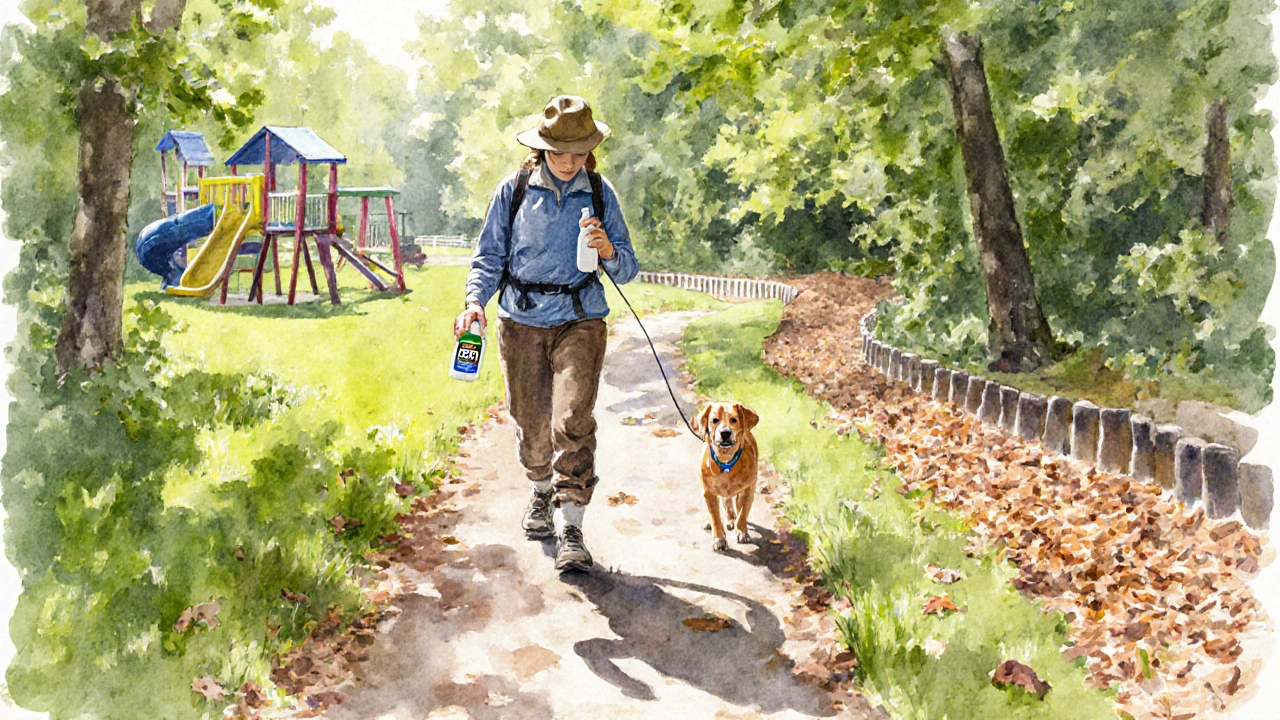
Prevention: Reducing Tick Bites
Because there is no vaccine for tick fever, prevention relies on personal protective measures and environmental management.
- Dress smart: Wear long sleeves, long pants, and tuck pants into socks when trekking through grass or leaf litter.
- Use repellents: Apply EPA‑registered products containing 20‑30% DEET, picaridin, or permethrin (permethrin is applied to clothing, not skin).
- Perform tick checks: Inspect the full body within two hours of returning home. Use a mirror for hard‑to‑see areas.
- Prompt removal: Grasp the tick with fine‑point tweezers as close to the skin as possible, pull upward with steady pressure, and disinfect the bite area.
- Landscape management: Keep lawns mowed, clear leaf piles, and create a 3‑foot barrier of wood chips between vegetation and play areas.
- Pet protection: Treat dogs and cats with veterinarian‑approved tick preventatives; pets can bring ticks into homes.
Public health agencies such as the Centres for Disease Control and Prevention (CDC) and the World Health Organization (WHO) publish regional tick activity maps that help plan outdoor activities during peak seasons.
Tick Fever vs. Other Tick‑Borne Illnesses
Understanding how tick fever differs from related diseases can guide clinicians and patients alike.
| Disease | Primary Agent | Typical Vector | Characteristic Rash | First‑Line Treatment |
|---|---|---|---|---|
| Tick Fever | Rickettsia spp. | Ixodes, Dermacentor | Maculopapular, often on wrists/ankles | Doxycycline 7‑10days |
| Lyme Disease | Borrelia burgdorferi | Ixodes scapularis | “Bull’s‑eye” erythema migrans | Doxycycline 10‑21days |
| Rocky Mountain Spotted Fever | Rickettsia rickettsii | Dermacentor variabilis | Palpable petechial rash, starts wrists/ankles | Doxycycline 7‑14days |
| Ehrlichiosis | Ehrlichia chaffeensis | Amblyomma americanum | Rare; may be absent | Doxycycline 7‑14days |
| Babesiosis | Babesia microti | Ixodes scapularis | No rash; hemolytic anemia | Atovaquone + azithromycin |
Notice that doxycycline works for most rickettsial infections, but babesiosis requires a different drug class. Recognizing the rash pattern and exposure history is vital for accurate diagnosis.
Frequently Asked Questions
Can tick fever be fatal?
Yes, though rare. Without treatment, severe cases can lead to organ failure, meningitis, or death, especially in older adults or immunocompromised individuals.
Is there a vaccine for tick fever?
No vaccine exists for human tick fever. Research is ongoing, but prevention currently relies on personal protective measures.
How long can a tick stay attached before transmitting the disease?
Most Rickettsia species need the tick to be attached for at least 24‑48hours before transmission occurs.
Will the rash always appear with tick fever?
No. About one‑third of patients never develop a noticeable rash, which makes clinical suspicion even more important.
Can I catch tick fever from my pet?
Pets themselves don’t transmit the disease, but they can bring infected ticks into your home. Regular tick prevention on animals reduces this risk.
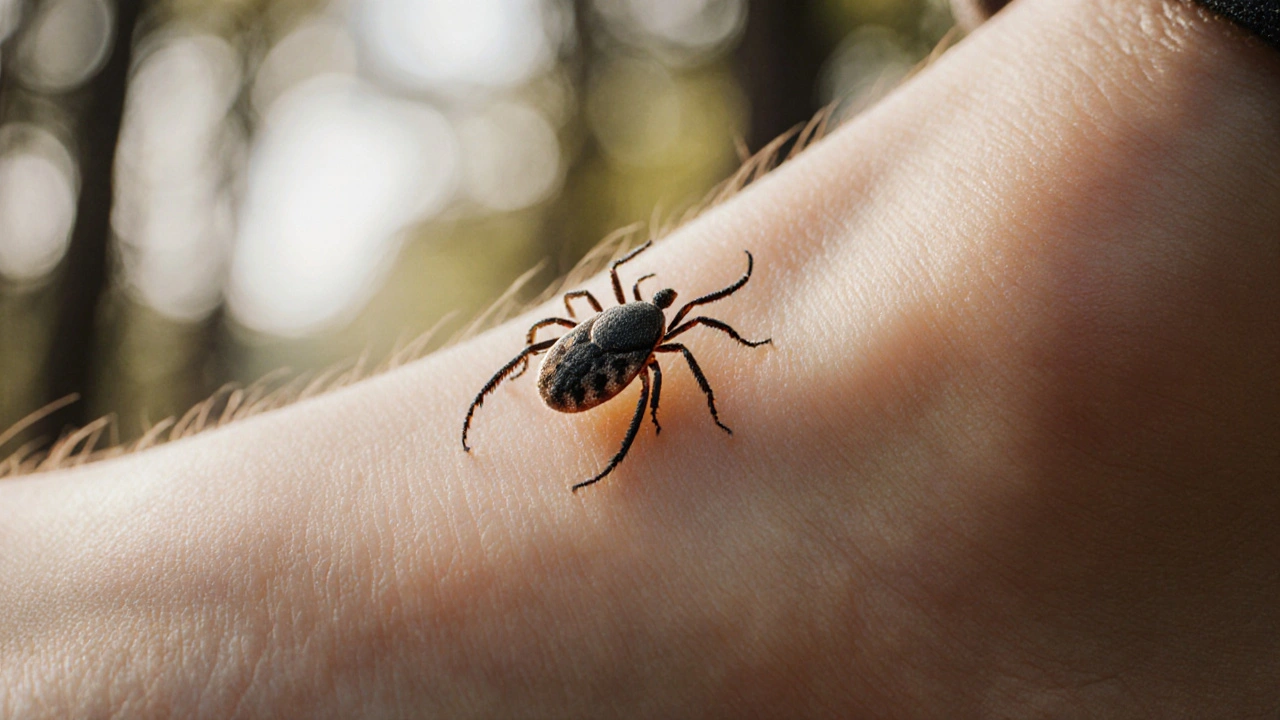
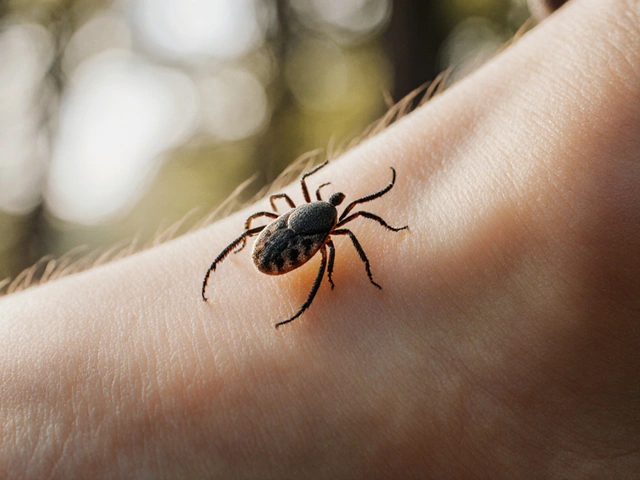



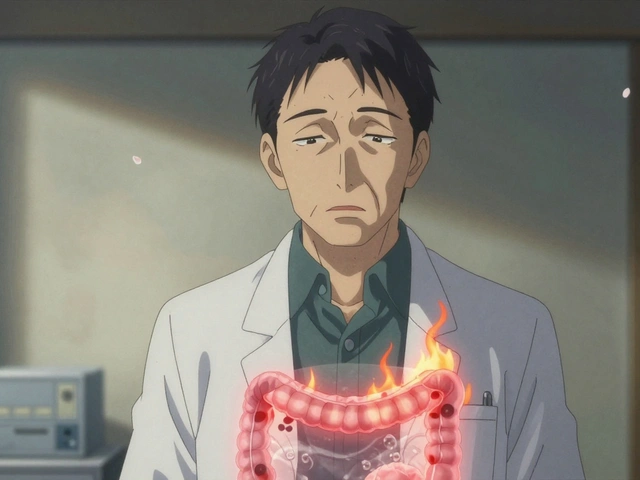
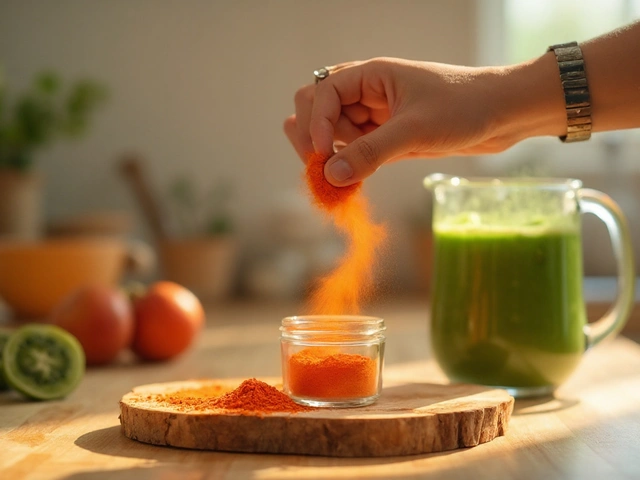
Ivy Himnika
October 10, 2025 AT 17:05Thank you for compiling such a comprehensive overview of tick‑borne rickettsial infections. The delineation of pathogen transmission dynamics, especially the emphasis on attachment duration, is particularly valuable for clinicians and outdoor enthusiasts alike. I also appreciate the clear tabulation of diagnostic modalities, from serology to PCR, which aids in decision‑making under time‑pressure. 🦠🩺
Overall, the article balances scientific rigor with accessible language, making it a useful reference point for both medical professionals and the general public.
Nicole Tillman
October 11, 2025 AT 18:26Reading through the piece reminds me how interconnected our ecosystems truly are; a tiny arachnid can set off a cascade of physiological reactions in humans. It’s fascinating that preventing tick fever hinges as much on personal habits-like proper clothing and tick checks-as on broader public health measures. The discussion of early doxycycline therapy underscores the importance of swift, evidence‑based intervention. By fostering awareness, we empower individuals to take proactive steps while also supporting research into more targeted treatments.
Sue Holten
October 11, 2025 AT 19:50Oh great, another reminder that we should all become professional tick hunters.
Tammie Foote
October 12, 2025 AT 22:13It’s unsettling how easily people dismiss these “minor” fevers, yet they can evolve into severe systemic illnesses. We have a moral duty to educate our communities about regular self‑exams after hikes. Ignoring the warning signs doesn’t just jeopardize personal health; it burdens the healthcare system unnecessarily.
allen doroteo
October 12, 2025 AT 23:36Look, I’m not saying you’re wrong but this whole “tick fever” hype feels like overblown drama, ya know? I mean, sure, a bite can be nasty, but most folks just get a bite and move on. The whole “attach for 24‑48 hours” thing sounds like a plot from a horror movie. Plus, those antibiotics? Not always a magic bullet. Maybe we’re just scared of a little itch.
Corey Jost
October 14, 2025 AT 02:00Tick fever, as described in the article, presents a compelling case study of how vector‑borne diseases can remain under‑recognized despite their potential severity. First, the pathogen’s reliance on a prolonged feeding period highlights the intricate evolutionary partnership between tick and microbe. Second, the latency period of five to fourteen days complicates early detection, especially for individuals who may not recall a recent exposure. Third, the symptom constellation-fever, headache, myalgia, and a characteristic rash-mirrors many viral illnesses, leading to diagnostic ambiguity. Fourth, clinicians must balance empirical treatment with confirmatory testing, a decision that is often time‑sensitive. Fifth, doxycycline’s efficacy, while well documented, raises concerns about appropriate use in pediatric populations and potential resistance development. Sixth, public health messaging frequently underemphasizes the importance of daily tick checks, which could markedly reduce incidence. Seventh, personal protective equipment, such as permethrin‑treated clothing, remains underutilized due to perceived inconvenience. Eighth, geographic expansion of tick habitats driven by climate change may increase exposure risk in previously low‑incidence regions. Ninth, the article’s inclusion of PCR as a rapid diagnostic tool underscores technological advances that can shorten the window to treatment. Tenth, however, accessibility to such molecular assays remains limited in rural settings, creating disparities in care. Eleventh, the recommendation for serology, while valuable, requires paired samples, a logistical challenge in acute care scenarios. Twelfth, the psychological impact of a tick bite-anxiety and hypervigilance-should not be dismissed as mere superstition. Thirteenth, integrating educational programs into school curricula could foster early awareness and preventive habits. Fourteenth, collaboration between dermatologists, infectious disease specialists, and primary care providers can streamline referral pathways. Fifteenth, continued research into vaccine development could offer a long‑term solution to mitigate the public health burden of tick‑borne rickettsial infections. Finally, continued research into vaccine development could offer a long‑term solution to mitigate the public health burden of tick‑borne rickettsial infections.
Nick Ward
October 15, 2025 AT 05:46I can see how overwhelming the information can feel, especially when dealing with a tick bite on a weekend hike. 😊 It's helpful to remember that early consultation with a healthcare provider can make a big difference in outcomes. Keeping a small tick‑removal kit in your backpack is a simple step that can pay off later.
felix rochas
October 15, 2025 AT 07:10Listen-this “tick fever” alarmism is nothing but a corporate‑backed scare tactic!!! They want you to buy overpriced repellents, unnecessary antibiotics, and endless tests!!!! The data is cherry‑picked, the guidelines are overblown, and the media spreads hysteria!!! Wake up!!!
inder kahlon
October 16, 2025 AT 09:33For anyone venturing into endemic areas, wear light-colored clothing and perform a thorough tick inspection after each outing. Early removal within 24 hours dramatically lowers transmission risk. If a bite is suspected, seek medical advice promptly for possible prophylactic doxycycline.
Dheeraj Mehta
October 17, 2025 AT 13:20Stay positive-most tick bites resolve without complications, especially with proper care. 🌟 If you notice any fever or rash, a quick visit to the doctor can ensure early treatment. Let’s keep exploring the outdoors responsibly!
Oliver Behr
October 18, 2025 AT 17:06If you’re hiking, check your socks and pants before you go home. It’s a tiny habit that can save a lot of trouble.
Tiffany W
October 19, 2025 AT 20:53From an epidemiological standpoint, the pathophysiology of Rickettsial spp. underscores the imperative for evidence‑based prophylaxis and antimicrobial stewardship. The clinical algorithm presented aligns with best‑practice guidelines, yet the lay‑public often neglects vector‑avoidance protocols, which is a glaring public‑health lapse. Integrating a One‑Health framework could synergistically mitigate zoonotic spillover events, thereby enhancing community resilience.